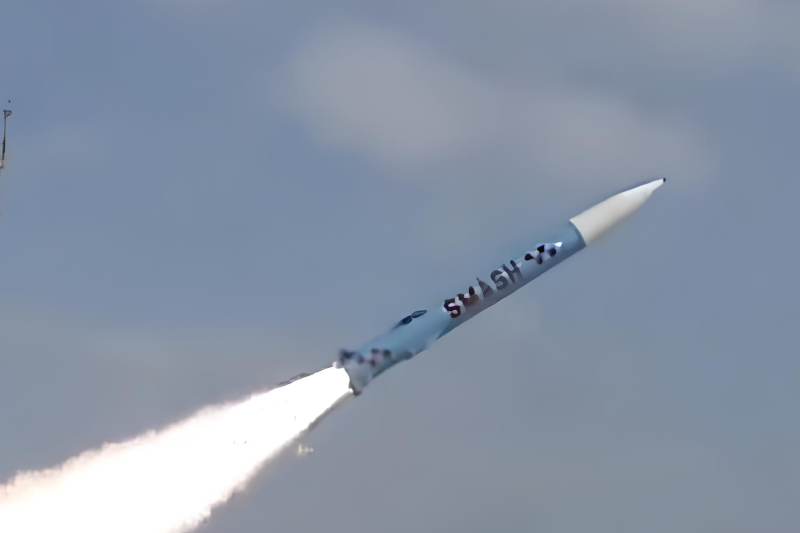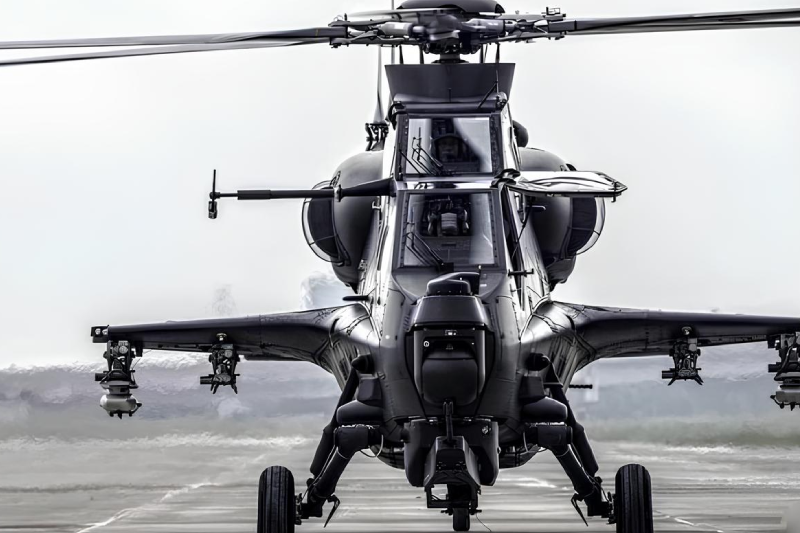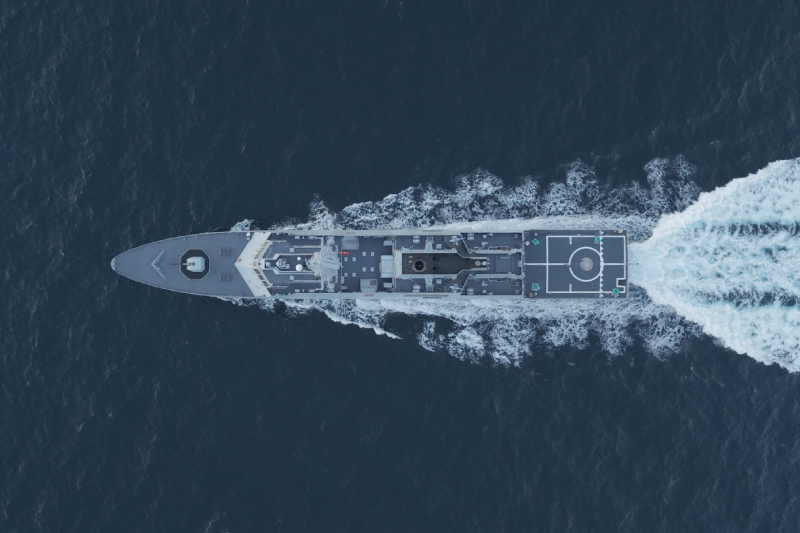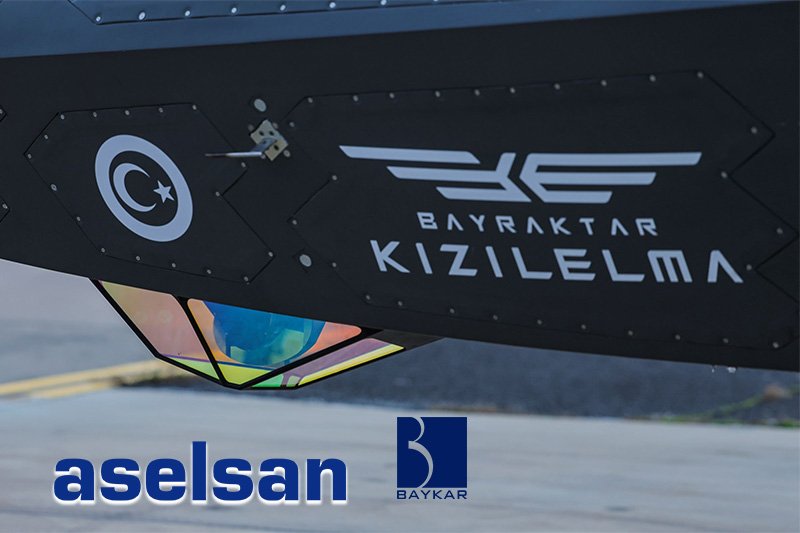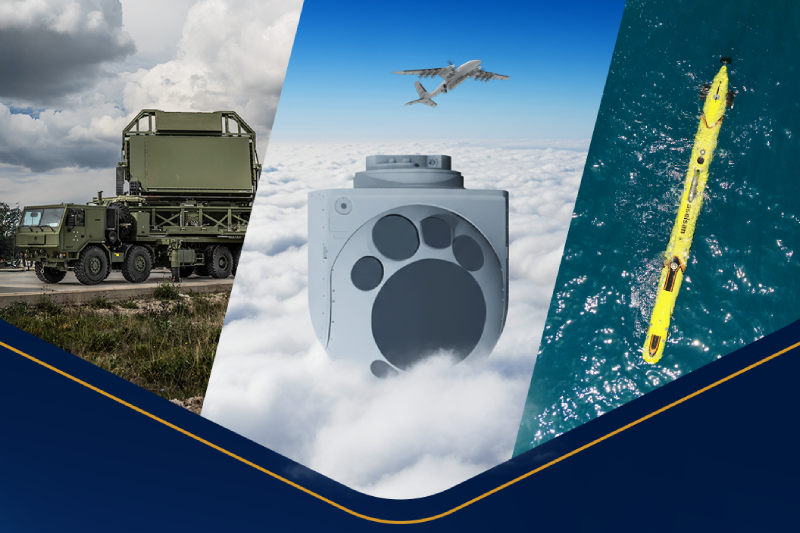China Nears Three-Carrier Era As Fujian Readies For Launch
China is poised to achieve a significant naval milestone with the expected commissioning of its third aircraft carrier, the Fujian, in 2025. This advanced vessel represents China’s most sophisticated carrier to date, featuring cutting-edge electromagnetic catapult technology and marking the nation’s transition into a true blue-water navy capable of projecting power across global maritime domains.
Fujian Completes Extensive Sea Trials
The Fujian has successfully completed multiple comprehensive sea trials, accumulating over 100 days of intensive testing since its first sea trial from May 1-8, 2024. These extensive trials demonstrate China’s methodical approach to validating complex naval systems before operational deployment. Military affairs commentator Wei Dongxu confirmed that the Fujian has made steady progress throughout its testing phase and is expected to achieve full commissioning within 2025.
With a full displacement exceeding 80,000 tons, the Fujian represents a technological breakthrough as the world’s first conventionally powered aircraft carrier equipped with electromagnetic catapult systems. This advanced launch technology enables the carrier to deploy a diverse array of aircraft including fighter jets, early warning aircraft, anti-submarine warfare platforms, and sophisticated unmanned aerial systems, significantly expanding China’s naval aviation capabilities.
Revolutionary Electromagnetic Catapult Technology
The Fujian’s electromagnetic aircraft launch system (EMALS) represents a quantum leap from China’s previous carriers, the Liaoning and Shandong, which utilize traditional ski-jump ramps for aircraft operations. This electromagnetic catapult technology allows for more efficient aircraft launches with reduced stress on airframes while enabling deployment of heavier aircraft configurations with increased fuel and weapon loads.
Chinese military expert Fu Qianshao noted that the Fujian’s advanced technologies, including electromagnetic catapults and integration with new aircraft such as the J-35 stealth fighter jet, necessitate longer testing periods compared to previous carriers. However, he expressed confidence that the comprehensive testing program positions the Fujian for successful service entry in 2025, marking China’s emergence as a premier naval aviation power.
Strategic Evolution from Liaoning to Fujian
China’s aircraft carrier development program demonstrates remarkable progression from its first carrier acquisition to indigenous advanced design capabilities. The Liaoning, commissioned in September 2012, provided essential experience in carrier operations and pilot training. The domestically built Shandong, entering service in December 2019, represented China’s first indigenous carrier construction achievement and operational experience with carrier aviation.
The Fujian represents the culmination of lessons learned from previous carriers while incorporating next-generation technologies that position China among the world’s most advanced naval powers. This evolutionary approach has enabled China to develop comprehensive carrier operational doctrine while building indigenous design and manufacturing capabilities essential for sustained naval expansion.
Enhanced Naval Aviation
The Fujian’s advanced catapult systems enable operation of significantly more capable aircraft compared to ski-jump equipped predecessors. The integration of J-35 stealth fighter jets provides the carrier with fifth-generation combat capabilities, while early warning aircraft extend the battle group’s detection and command capabilities far beyond traditional radar horizons.
Anti-submarine warfare aircraft enhance the carrier’s ability to detect and engage underwater threats, while sophisticated drone systems provide persistent surveillance and strike capabilities. This comprehensive air wing composition transforms the Fujian into a complete maritime combat system capable of independent operations or integration with larger naval task forces across diverse mission scenarios.
Also read this: China’s Upgraded Type 052D Destroyer Begins Training
Regional Maritime Security
Military analyst Wei Dongxu emphasized that China’s expanding carrier capabilities contribute to regional peace and stability by providing strategic balance against what he characterized as Western “gang-up” approaches using military alliances for maritime blockades and intimidation in regions like the Western Pacific. This perspective reflects China’s view that enhanced naval capabilities serve defensive rather than aggressive purposes.
The three-carrier fleet provides China with sustained carrier presence capabilities, ensuring continuous deployment options while maintaining vessels for training, maintenance, and strategic reserve. This operational flexibility enables China to maintain maritime security interests across multiple regions simultaneously while developing advanced carrier operational expertise essential for modern naval warfare.
China’s transition to a three-aircraft-carrier navy represents more than numerical expansion; it signifies the maturation of comprehensive naval aviation capabilities that position the People’s Liberation Army Navy among the world’s premier maritime forces with global reach and sophisticated combat systems.
Keep connected with us at Facebook, Twitter, YouTube, Instagram & TikTok for latest defense happening around the globe.
Discover more from International Defence Analysis
Subscribe to get the latest posts sent to your email.


